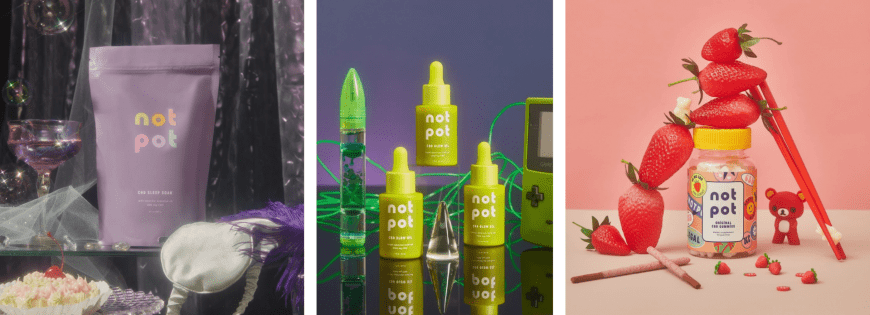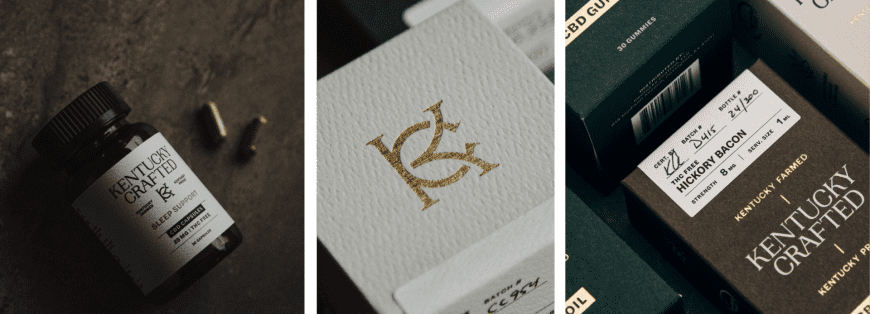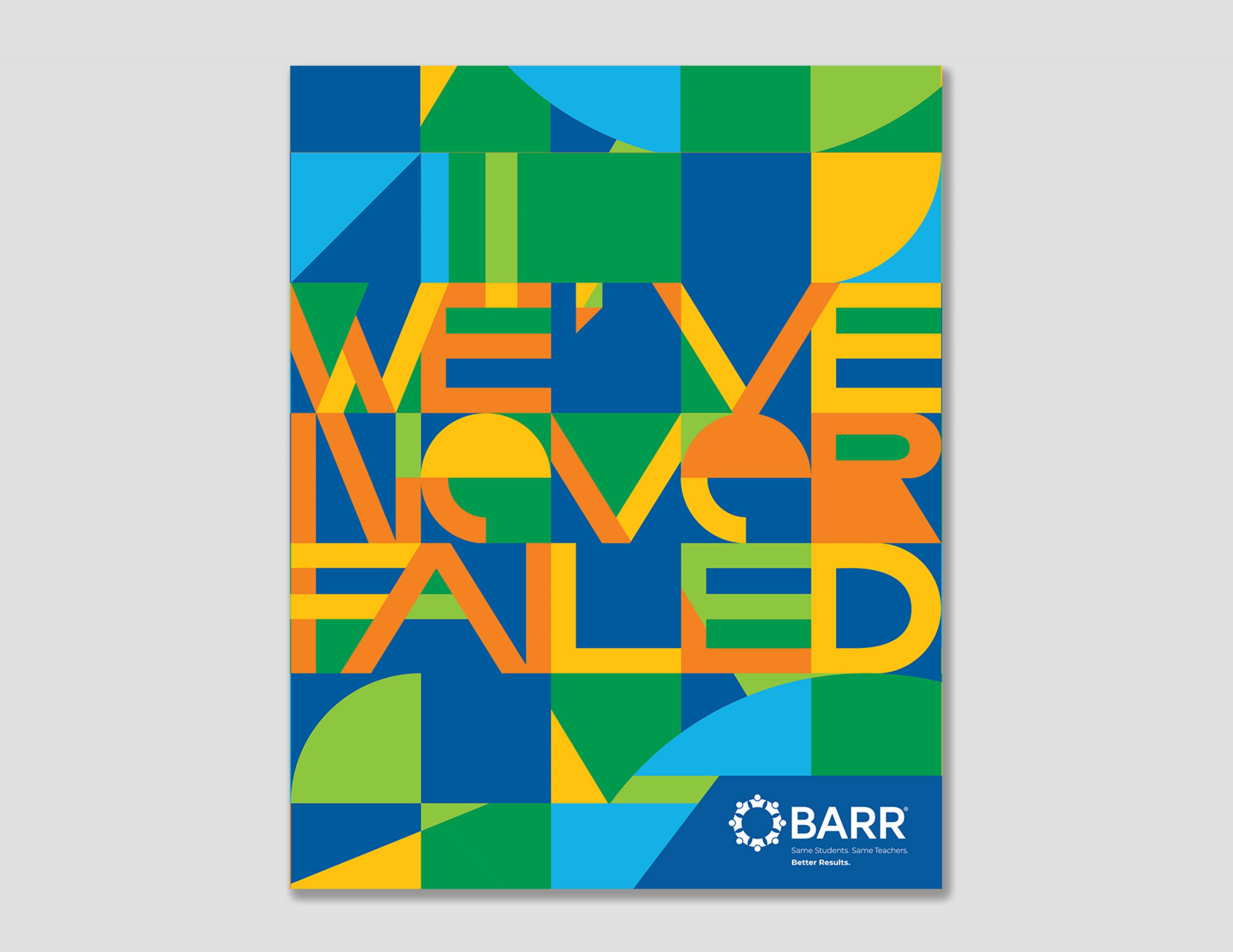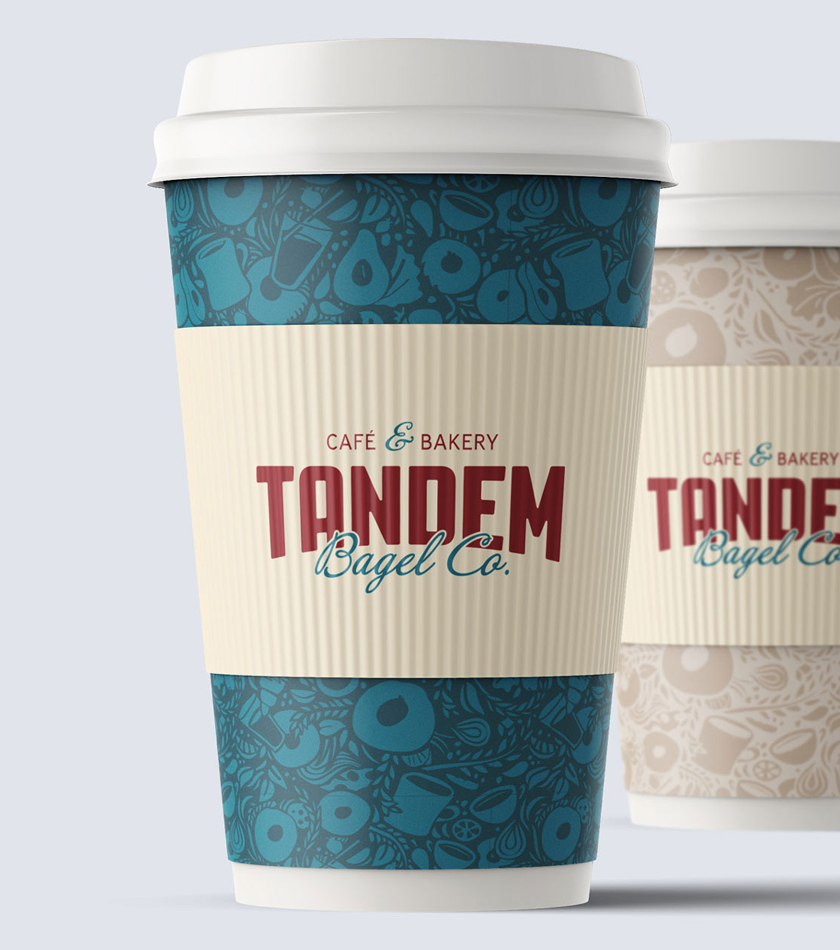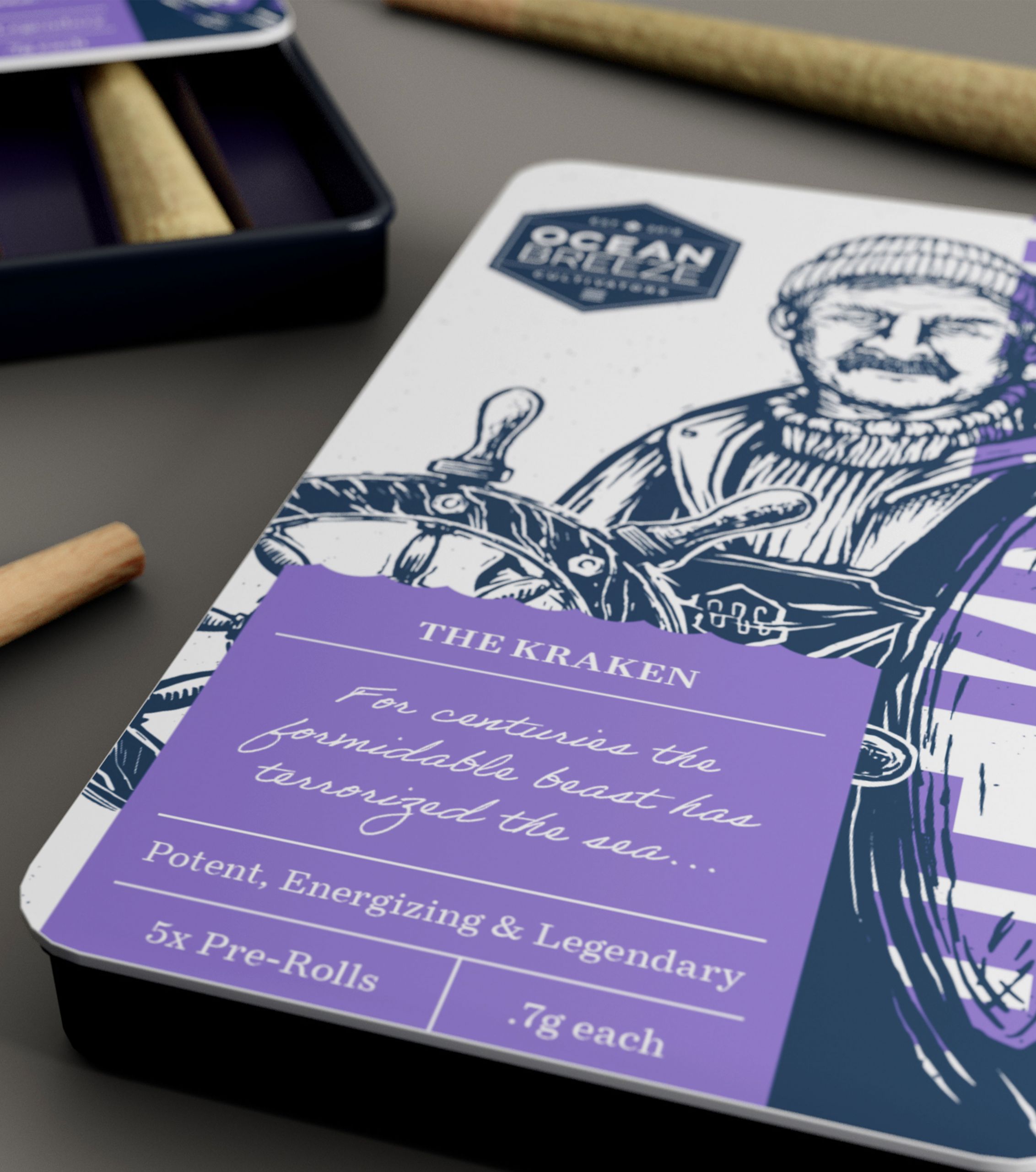Mainstream challenges for CBD in 2021.

For most industries across the globe, 2020 was a tough year. However, there were a handful of exceptions: fitness equipment companies, gaming companies, grocery stores, liquor stores, and not surprisingly, cannabis dispensaries also saw an uptick in growth and popularity.
Logically, it makes sense. For most of us, being stuck at home in 2020 meant more cleaning, more cooking, more board games, and more liquor and cannabis (both of which are particularly helpful when you’re playing your 150th round of Scrabble or trying to enjoy your partner’s earnest attempt at a home-cooked meal).
It’s no surprise then that a recent report by the Visual Capitalist shows that in 2020 consumption of both medical and recreational cannabis rose significantly, boosting an already thriving industry. In fact, 68% of Americans now support the full federal legalization of cannabis—the highest ever recorded—signifying a major shift in the public’s perception.
The rising star of this transformative period of growth is CBD (the non-psychoactive form of cannabis). In 2018, the CBD market was valued at about $2 billion. In 2024 the market is projected to reach about $20 billion. The growth of CBD products provides a great case study for understanding how consumers’ relationship with, and perception of, cannabis products is changing—and how branding and packaging designs are evolving as a result.
When CBD products first hit mainstream shelves they were packaged similar to other cannabis products and medicinal supplements—there were a lot of leafy-green packages and icons (and very little personality). At the time, CBD’s target audience was health-conscious consumers looking for alternative medicines and wellness products—and they were often purchasing CBD at dispensaries or niche health food stores. With more limited access, consumers were more concerned with finding safe and reliable CBD products than they were with the aesthetic of the packaging or the brand’s identity.
Fast-forward to 2021, and CBD is being used in a wide range of consumer packaged goods from body lotion, facial serums, soaps, bath salts, lip balms, and supplements. And, because CBD products are less regulated compared to cannabis products containing THC, you can find them on the shelves at gas stations, convenience stores, grocery stores, and on a wide array of e-commerce sites. You can even buy CBD eyebrow gel and CBD electrolyte spray at the checkout counter at select Urban Outfitters.
With increased consumer access and a wider competitive set, CBD brands are beginning to break free from the green-leafy mold and carve out their own space in the market—aiming to build long-term relationships with consumers through more distinctive identities.
Take the CBD brand not pot as an example. Not pot has a 70’s ‘free love’ look and feel—full of anime clips, pastels, and whimsical product shots. The brand intentionally dismisses the serious, more clinical, tone of many other traditional CBD brands. This unapologetically fun (and odd) identity is extended consistently through colorful packaging, sassy messaging on their e-commerce site, a playful social media feed, and even their branded merch (which includes ski masks, mini trash cans, lunch bags, and silk scarves).
That’s not to say that brands can’t stand out while maintaining a more mature aesthetic. On the other end of the spectrum, there’s Kentucky Crafted—a CBD brand inspired by Kenucky’s long history with Bourbon, deep roots in the farming industry, and strong work ethic. Using rich tones, gold accents, and hand-crafted labels, KC’s packaging evokes the same identity as a high-end liquor or premium wine brand.
Each of these brands diverges from the traditional cookie-cutter CBD brands (blands, if you will) that still dominate the shelves at many dispensaries and health food stores. Their personalities stand out and are extended consistently across their websites, packaging, merch, logos, and messaging—allowing them to attract a wider audience and build lasting brand recognition and trust.
As CBD transitions out of the niche cannabis space and into the mainstream market in the U.S., brands will need to develop one-of-a-kind identities in order to remain competitive in an ever-expanding space. The Visual Capitalist report projects that in 2024 only 26% of CBD products will be sold at dispensaries.
So, it’s time for CBD brands to worry less about competing with other cannabis products on the shelf and, instead, worry more about standing out next to everything else in the store.

